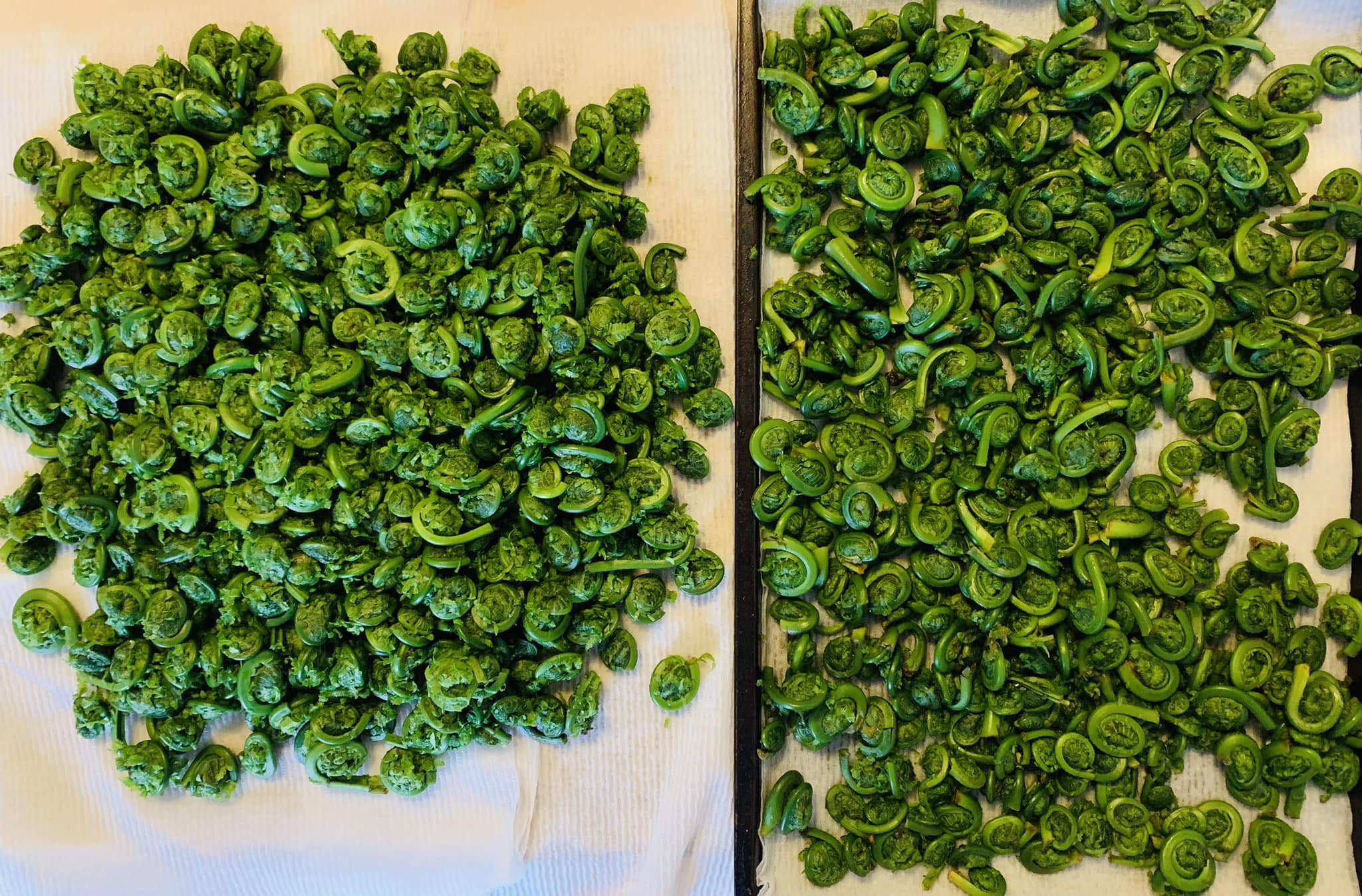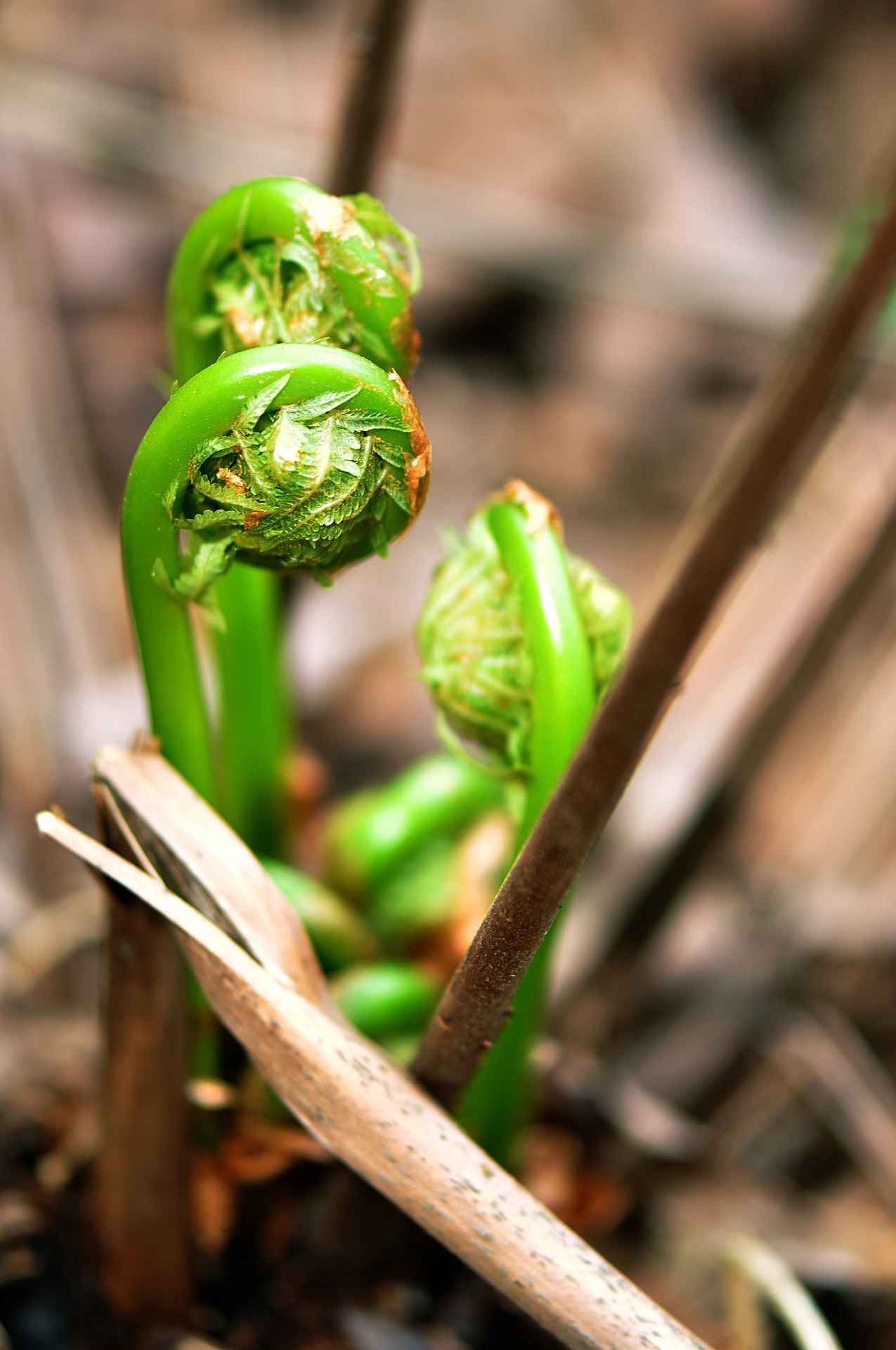
Fiddleheads are a type of edible fern that are popular in many cuisines, especially in the northeastern regions of North America. They have a unique flavor that is often compared to asparagus or green beans, and they are packed with nutrients like vitamin A, vitamin C, and potassium. If you’re interested in foraging for fiddleheads or simply want to try cooking them at home, here’s a guide on how to find, clean, and prepare these delicious greens.
Finding Fiddleheads:
Fiddleheads can be found growing in damp, shaded areas near streams, rivers, and other bodies of water. They typically emerge in the early spring, usually around late April or early May. Look for tightly coiled, bright green fronds that resemble the head of a fiddle (hence the name). Harvest the fiddleheads when they are young and tender, before they unfurl into full fern leaves. It’s important to note that not all ferns are safe to eat, so make sure you can identify the correct species before harvesting. **STAY AWAY FROM THE FIDDLEHEADS THAT HAVE RED SPIKE’S ON THEM, THEY ARE NOT SAFE TO EAT.
The fiddleheads in the image below are perfect to pick and safe to eat!

THESE ARE PERFECT FOR PICKING!
Cleaning Fiddleheads:
Once you’ve gathered your fiddleheads, it’s important to clean them thoroughly to remove any dirt, debris, or other contaminants. Start by trimming the brown, papery scales from the base of the fiddlehead. Rinse the fiddleheads under cool, running water, and gently rub them with your fingers to remove any dirt or debris. You may need to soak the fiddleheads in a bowl of cold water for a few minutes to loosen any stubborn dirt or grit. Once they are clean, pat them dry with a clean towel.
Preparing Fiddleheads:
There are many ways to prepare fiddleheads, but the most common method is to blanch them before cooking. Bring a pot of salted water to a boil, and add the fiddleheads. Boil them for 2-3 minutes, then drain and rinse them under cold water to stop the cooking process. This helps to remove any bitterness and make them tender. Once the fiddleheads are blanched, you can cook them in a variety of ways, such as sautéing them with garlic and butter, adding them to soups or stews, or even pickling them for a tangy snack.
In conclusion, fiddleheads are a nutritious and delicious addition to any meal. With the right know-how, you can forage for these tasty greens and prepare them in a variety of ways. Just remember to be cautious when harvesting wild plants and always make sure you can positively identify the correct species. With a little practice, you’ll soon be enjoying the unique flavor and texture of fiddleheads in your favorite recipes.





